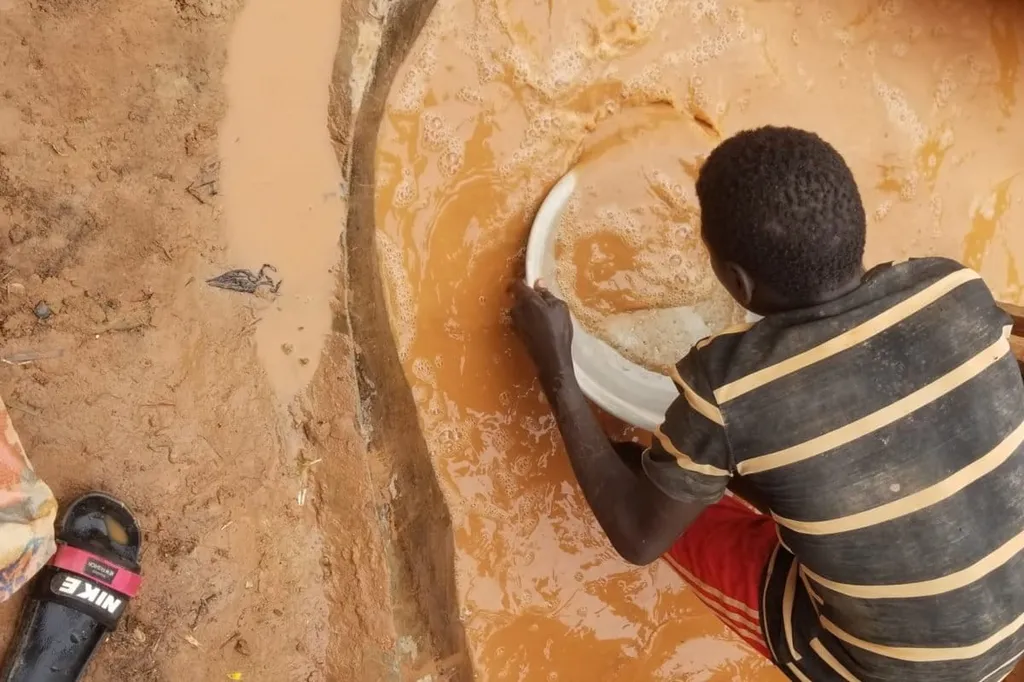In the heart of Cameroon, researchers have unlocked a promising avenue for biomedical applications using an unconventional source: the hulls and zest of the marula fruit, scientifically known as Sclerocarya birrea. This innovative work, led by Moïse Godwé from the Department of Chemistry at the University of Maroua, could potentially reshape the landscape of biomedical materials and energy sector applications.
Godwé and his team have successfully synthesized two types of carbon materials—sclerocarya pseudo-carbon quantum dots (CDP) and sclerocarya micro-carbon quantum dots (CDC)—through a process of solvothermal carbonization under domestic microwave irradiation. The method not only provides a novel use for agricultural waste but also offers a sustainable route for material recovery.
The synthesized materials exhibit semi-crystalline structures with impressive crystallinity rates and thermal stability. “The quantum yields of 15.8% for CDP and 9% for CDC, combined with their basic nature and biocompatibility, make these materials highly promising for biomedical applications,” Godwé explained. The absence of cytotoxicity in the XTT test results further underscores their potential as cell markers, diagnostics, or even theragnostic tools.
The commercial implications for the energy sector are equally compelling. The use of biomass-derived carbon materials can contribute to the development of sustainable energy solutions, reducing reliance on fossil fuels and promoting a circular economy. “This research opens up new possibilities for the utilization of agricultural waste in high-value applications,” Godwé noted. “It’s a step towards a more sustainable and eco-friendly future.”
The detailed characterizations, including XRD diffractograms, EDX spectra, and FTIR analyses, provide a comprehensive understanding of the materials’ properties. The presence of elements like carbon, oxygen, phosphorus, calcium, and silicon (except in CDC) highlights the versatility of these materials for various applications.
Published in the journal ‘Results in Materials’, this research not only advances the field of biomedical materials but also sets a precedent for innovative waste recovery methods. As the world grapples with the challenges of sustainability and waste management, such breakthroughs offer a glimmer of hope and a path forward.
The potential impact of this research extends beyond the laboratory. It could inspire further investigations into the use of other agricultural by-products for high-value applications, fostering a new era of sustainable innovation. “We are just scratching the surface of what’s possible,” Godwé remarked. “The future holds immense potential for these materials, and we are excited to explore their full range of applications.”
In an era where sustainability and innovation are paramount, this research stands as a testament to the power of scientific inquiry and its potential to drive positive change. As the world continues to seek solutions to pressing environmental and health challenges, the work of Godwé and his team offers a beacon of hope and a roadmap for the future.

